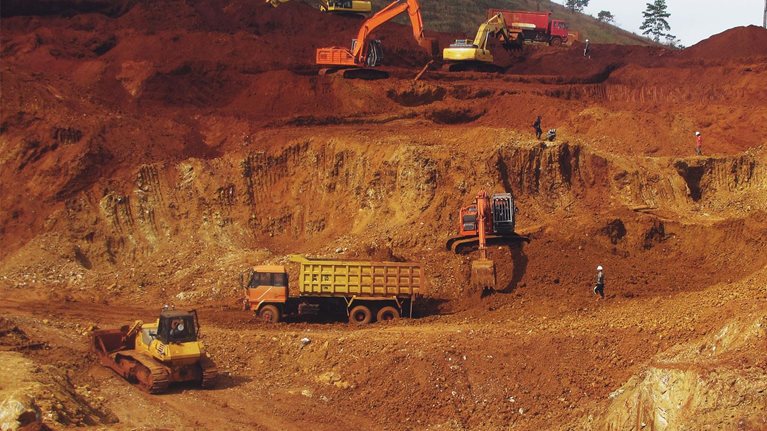Indian regulation changes and auction process
In the state of Odisha, 17 leases for noncaptive iron ore mines are set to expire on March 31, 2020, based on 2015 amendments to India’s Mines and Minerals (Development and Regulation) Act. The leases for these mines, which produce some 60 million tonnes per year out of Odisha’s total annual production of 107 million tonnes (2018) will not be renewed—instead, they will be auctioned. India has accounted for more supply disruptions than any other region over the last eight years, suggesting that the likelihood of disruption is high (Exhibit 1).

The Odisha government has invited bids for seven iron ore blocks on October 4, after a delay of more than a year. Given that the auction process is complex and expected to take between three and six months (Exhibit 2), this leaves little time for the process to be completed before the leases expire. Any delay in the process will likely cause production losses and any transfer of leases from one company to another could add further disruptions. For instance, in the past there have been cases where mining activities have stopped for four years following a lease transfer.

Indian steel industry and trade position
The state of Odisha is the biggest producer of iron ore and one of the largest producers of steel in India. This means that any disruption is likely to have an outsized effect on the state’s steel industry and also on India’s net trade position in iron ore, as the country’s iron ore exporters will most likely favor sales to domestic steel players in the event of any disruptions.
Historically, India has always been a net exporter of iron ore, with exports reaching a peak of around 135 million tonnes in 2010. However, exports have fallen following a series of mining bans across the country and, in 2018, imports of 16 million tonnes almost equaled exports—so the country could easily become a net importer (Exhibit 3).
Seaborne exporters, such as Fortescue Metals Group, took advantage of temporary mining bans in the state of Karnataka last year to ship cargoes to the west of the country. Any disruption in Odisha is likely to prompt the same reaction.

Potential impact
How much could production in Odisha be affected by this process? We expect that up to 60 million tonnes of iron ore per year could be lost. However, any disruptions may be mitigated by Steel Authority of India Limited (SAIL), which has permission from the Ministry of Mines to sell up to 7 million tonnes in the next financial year to other domestic steel companies, an amount determined by 25 percent of its current annual production. Additionally, SAIL will be allowed to sell material from its 70 million tonnes of stockpiles. However, this is still subject to state government permission and it is not currently known in practice how the process of selling ore would be carried out, leaving much uncertain.
Would you like to learn more about MineSpans?
Given our forecast for demand, India could be required to import up to 33 million tonnes in 2020. This would represent a stunning reversal for a country that exported over 130 million tonnes in 2010, has over 5 billion tonnes of iron ore reserves and 33 billion tonnes of resources, according to the Indian Bureau of Mines’ Indian Minerals Yearbook 2018.
If the auctioning process in India results in disruptions, the country will no longer be self-sufficient in iron ore, at least temporarily. This could provide an opportunity for seaborne exporters to capture market share in a key Asian market.


